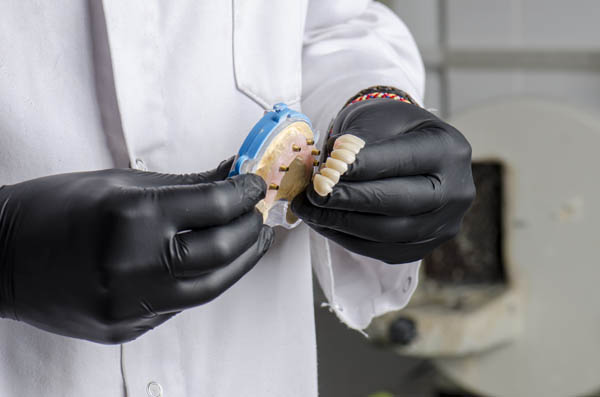Many people avoid visits to the general dentist because they are afraid of what might be found on their teeth. Cavities are one of the most common dental issues, and the dental professional will usually recommend getting dental fillings. In this article, you will learn what a cavity is and how the dentist fixes the issue. Hopefully, the information provided will help ease your mind about the process.
A dental cavity is a hole caused by the activities of bacteria on the tooth, which can also create an infection. Severe tooth cavities and infection can damage the tooth and result in tooth loss. Therefore, the dentist needs to remove the decay and restore the tooth as soon as possible.
The need for cavity treatment from a general dentist
As tooth decay progresses deep into the tooth, it usually causes tooth sensitivity. The cavity will reach down until it exposes the inner nerves and compromises the structural integrity of the teeth. Tooth infection and inflammation will occur eventually. Therefore, the dentist will need to remove decay to stop its progression, but the hole is still there to be filled.
Tooth fillings prevent bacteria and plaque from accumulating inside the cavity and causing further decay. It will also boost the strength of the tooth to prevent cracking and chipping. The dental professional will recommend fixing cavities once they are detected.
The dental filling procedure
During the dental filling procedure, the dentist will remove the decay in the tooth cavity with a drill. First, a local anesthetic will be used to numb the area around the decayed tooth or teeth. This will make the process much more comfortable. After removing the decay, the dentist will clean and prepare the hole for a filling. The technique used for the filling procedure depends on the filling material, whether composite, glass ionomer or silver amalgam fillings. Tooth-colored composite fillings are more commonly used for filling cavities.
Composite fillings are customizable to match the color of the natural teeth to produce aesthetic-appealing results. They are durable and can survive up to 15 years of use with adequate hygiene and care. They are available in paste form, which is inserted into the cavity. The paste takes the shape of the cavity.
The dentist will shape the composite resin over the tooth, preventing a change in bite. The composite resin is hardened with bright ultraviolet light. Filling a decayed tooth is a straightforward process and usually completed in a single appointment.
Amalgam fillings are generally avoided because they are not as natural-looking as composite, although they are durable and easier to place than metal fillings. These fillings stand out on the teeth and are often noticeable if used for front teeth.
In conclusion
If you suspect that you have a cavity, you need to contact the dental office immediately to set up an appointment with the general dentist. Patients are usually encouraged to visit the office every six months for routine dental checkup and cleaning. These appointments, coupled with regular oral hygiene, can help prevent cavities.




